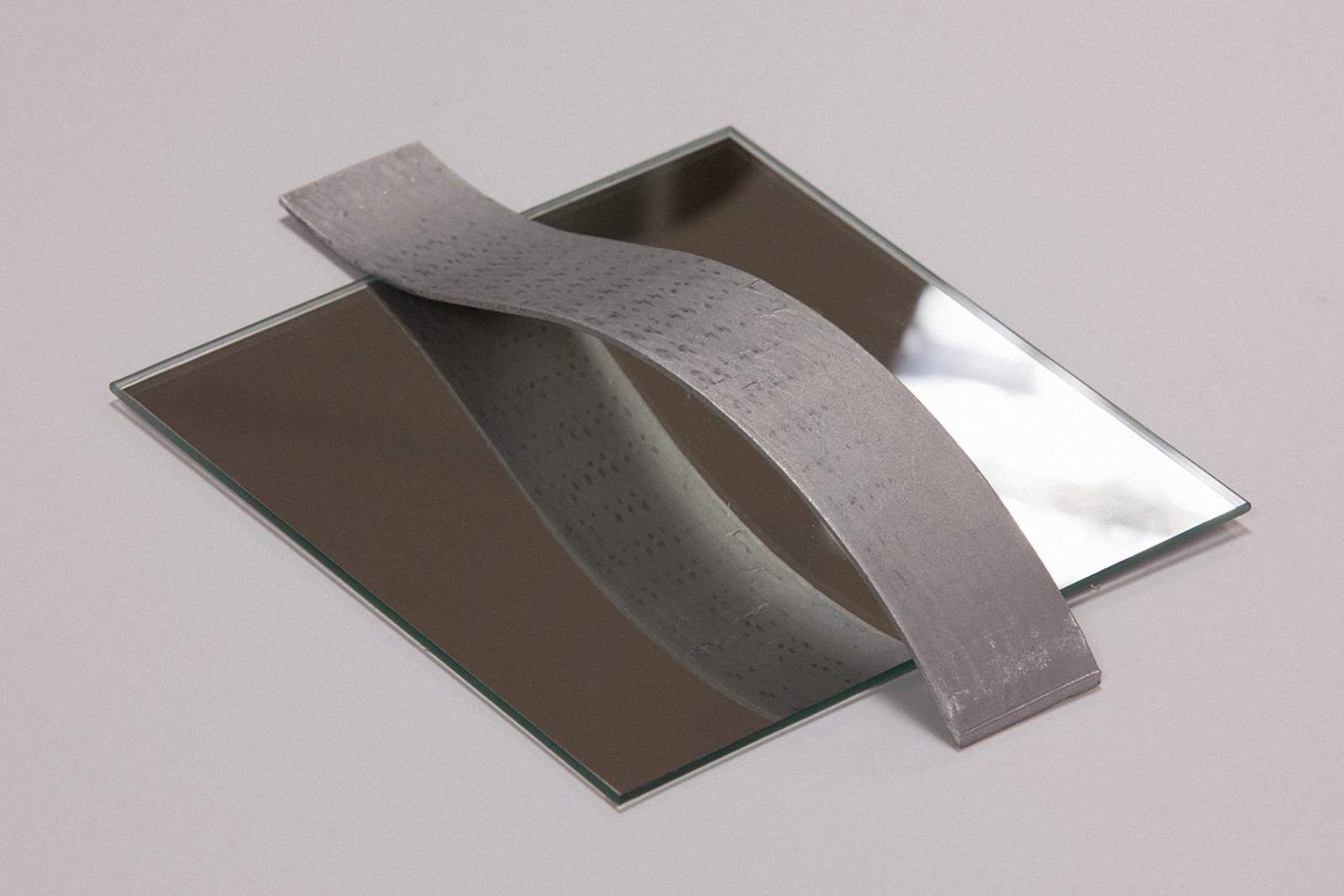
Reducing weight without compromising on structural integrity is currently top of the wish list of most engineering projects. From automotive to aerospace, weight reductions can reduce fuel consumption and carbon emissions.
In the aerospace industry, high-technology group, Safran Landing Systems has recently partnered with Aluminium Matrix Composites (AMC) manufacturer, Alvant, on a two-year, £28 m project, titled ‘Large Landing Gear of the Future’ with the aim to reduce landing gear components weight by as much as 30 per cent.
The project will look at how AMCs can challenge traditional materials in the design and manufacture of landing gear assemblies. Current landing gear systems are typically stronger and heavier than necessary, accounting for approximately three per cent of aircraft weight, with a corresponding effect on fuel consumption.
AMCs can be used to engineer durable lightweight components for harsh environments. Compared to unreinforced metals, AMCs can have higher strength, greater stiffness, lower weight, superior wear resistance, lower coefficients of thermal expansion and superior electrical conductivity. AMCs also offer multiple advantages over polymer fibre reinforced materials, such as carbon composites, these include: higher transverse strength and stiffness, a higher thermal operating range, better wear resistance, superior damage tolerance, easier repairability and more opportunity to recycle.
One of Alvant’s material technologies, AlXal, is a continuous fibre-based AMC. A £513,000 grant from Innovate UK is enabling Alvant to design, manufacture and test an AlXal brake rod with an expected 30 per cent weight reduction over an equivalent titanium component, while maintaining a comparable strength to steel, reducing fuel burn and noise, while also improving reliability and lowering costs.
A newer development from Alvant, CorXal, is a unique high-performance multi-phase AMC that is similar in concept to a sandwich material but made in a single shot process, providing ultra-high stiffness and a density similar to carbon composite. The company is exploring the applications of this material, working with aerospace and defence companies to incorporate the single piece AMC in the leading edge of aircraft wings, as well as various other brackets and structures.
The wing is subject to huge changes in temperature, as well as being susceptible to bird and lightning strikes. The existing materials used have been found to be susceptible to bond degradation between the skin and core elements. This can be caused by environmental factors such as temperature, moisture ingress and contamination which can negatively impact on the integrity of the bond. The result has been a tendency to design components with excessive safety factors to compensate for this potential degradation. Due to the one-shot production of CorXal there is no bond interface between the skin and core elements, it has a continuous aluminium matrix throughout providing a closed system. This means parts made from CorXal will not succumb to the environmental conditions, maintaining the necessary structural properties needed, increasing stiffness by up to four times compared to some grades of aluminium, and reducing weight by a target of 40% compared to some steels.
What are AMCs?
AMCs are an advanced class of composite materials in which the aluminium is reinforced with a secondary high-performance material and are suitable for applications where conventional metals are expected to approach or exceed their performance limits.
Production-readiness of AMCs comes at a time of increasing commercial demand for strong but lightweight components in many forms of transportation, as well as industrial and consumer applications. Aerospace, automotive, marine and consumer goods manufacturers are all looking for ways to increase product capabilities and performance while simultaneously meeting ambitious goals for fuel efficiency and sustainability.
AMCs claim to offer potential to an industry that needs a step change in performance in order to meet ever stringent market and legislative demands. Significant weight reductions compared to legacy materials offers manufactures the chance to meet the challenge of reduced weight and fuel burn while maintaining reliability and lowering whole-life ownership costs.
According to Alvant, AMCs can have superior strength compared to steel at less than half the weight. This means highly loaded components made from traditional metals, such as steel, titanium and aluminium can be replaced by lightweight, low inertia parts without any increase in package size.
Composites in defence
Alvant is investigating the possibility of creating counter measure dispensers in AMC rather than traditional heavier and less temperature resistant metals currently used. Counter measure devices typically work by creating decoy flashes to counter infrared homing surface-to-air or air-to-air heat seeking missiles. The gravity-fed, pyrophoric flares ignite on contact with air, and burn for three to five seconds at two thousand degrees Fahrenheit.
Typically metallic, in order to cope with temperature extremes, the flare or chaff holders, can add significant weight to jets and helicopters particularly if incorporated in an additional integrated pylon. A typical fast jet, for example, would contain several countermeasure dispensers which can weigh in the region of 5 kgs each. A larger aircraft can have ten to twenty arranged around the fuselage and in pylons underneath the wings.
Alvant’s CorXal AMC is not only heat resistant, the light-weight composite means the total weight of the metallic flare dispensers can be reduced by approximately 45% depending on the type and configuration, meaning either a total weight saving or an increase in payload allowance elsewhere.